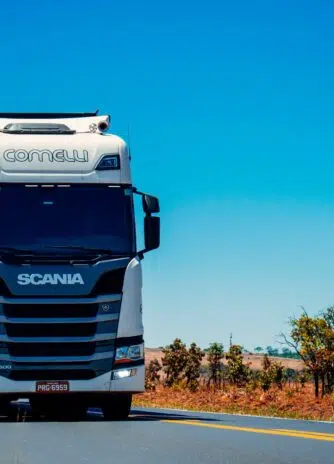Over the weekend, China reached new milestones in its rapidly growing low-altitude economy with the successful test flight of its largest cargo drone to date and the trial of a helicopter taxi service on a soon-to-open 100-km (62-mile) route to Shanghai.
The cargo drone, developed by the state-backed Sichuan Tengden Sci-tech Innovation Co., boasts a payload capacity of 2 metric tons. It took off from southwestern Sichuan province on Sunday for its maiden flight, which lasted about 20 minutes, according to state media reports.
With a wingspan of 16.1 meters (52.8 feet) and a height of 4.6 meters (15 feet), this twin-engine drone is slightly larger than the popular four-seat Cessna 172 light aircraft.
As the world’s leading drone manufacturer, China is testing drones capable of carrying increasingly larger payloads. Meanwhile, transportation companies are moving forward with plans for both manned and unmanned air taxi services as China eases airspace restrictions and offers incentives to bolster its low-altitude economy. The country’s aviation regulator anticipates this sector will grow into a 2-trillion-yuan ($279-billion) industry by 2030, a fourfold increase from 2023.
The Sichuan Tengden trial follows the first flight of a cargo drone developed by state-owned Aviation Industry Corp of China (AVIC) in June. AVIC’s HH-100 drone has a payload capacity of 700 kilograms (1,543 pounds) and a flight range of 520 km. Next year, AVIC plans to test its largest cargo drone, the TP2000, which will carry up to 2 tons of cargo and have a flight range four times greater than the HH-100.
China has already begun integrating cargo drones into commercial operations. In May, Phoenix Wings, a subsidiary of delivery giant SF Express, began using its Fengzhou-90 drones to deliver fresh fruit from Hainan province to Guangdong, part of a broader effort by S.F. Holding.
Industry experts in China believe that cargo drones offer faster delivery times and lower transportation costs, as well as the ability to reach areas without traditional aviation infrastructure, such as rooftop spaces in densely populated cities.
We have helped 20+ companies in industries like Finance, Transportation, Health, Tourism, Events, Education, Sports.












